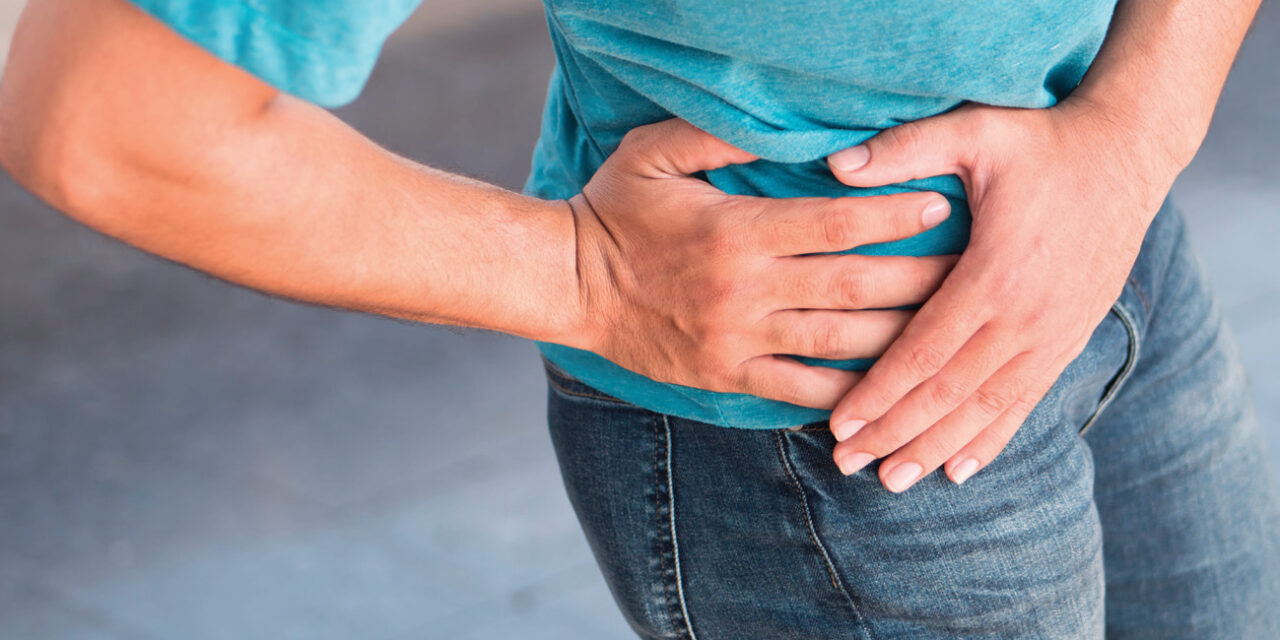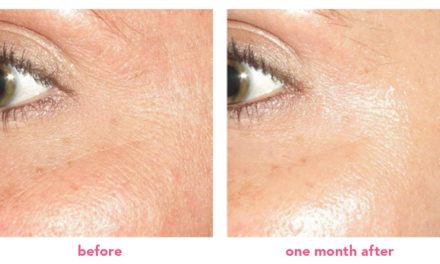People are living longer and putting more demands on their bodies as they age. In 2021, many people age 65–70 and older are still working, playing recreational sports, and caring for grandchildren! Life demands mobility from your body, which can place stress on your muscles, ligaments, and most importantly, hip and knee joints. With the natural aging process, approximately 6%–10% of people can develop arthritis of the hip. And many of them require hip replacement to improve their quality of life, improve their mobility, and keep them active and healthy.
What Causes Hip Pain
Hip pain can be the result of many things. Muscle sprains and strains, back arthritis/scoliosis, and bursitis (inflammation of the fluid-filled sac that cushions the hip bone from the muscle and skin) are very common. As aging occurs, even simple activities may cause these to flare up. Should hip pain occur, a quick radiograph (X-ray) and discussion with your doctor can provide a diagnosis. Many times, nonsurgical management alleviates these issues. Hip osteoarthritis can also be exacerbated at times, but is relatively uncommon compared to these other reasons.
How To Help Prevent Osteoarthritis
Keeping your hips healthy as you age is important to maintain function. There are some things you can do to help prevent osteoarthritis.
- Maintain a normal, healthy weight.
2. The second is to engage in regular low-impact aerobic exercise such as cycling (recumbent, stationary, or outdoors), elliptical exercises, or even walking around the community to promote cardiovascular health.
3. A balanced diet rich in calcium and vitamin D, lean proteins such as fish and chicken, and moderate carbohydrates can help your body maintain strength, structure, and overall longevity.
Measures To Take Before Surgery
Despite the above methods, some people still develop hip osteoarthritis. Prior to surgery, a number of modalities are used to prevent or delay the need for a hip replacement. These include injections, physical therapy, anti-inflammatory medications, and use of a cane/walker. When these fail to provide relief, or when the pain from arthritis starts limiting you from regular daily activities such as putting shoes on or walking around the grocery, then it may be time to consider hip replacement.
What To Expect After a Hip Replacement
After a hip replacement, most patients return to a fully functional life with a significant improvement in pain and mobility. Many return to recreational sports, and regular activities of living become easier. For most, it is quite a dramatic improvement in their life. There are no movement restrictions after modern hip replacement, so immediately afterward you can sleep in any position, get up and down from sitting, and squat/stoop to pick things up. To keep up your fitness after a hip replacement, being as active as possible is encouraged! Running on a hip replacement is not discouraged, and some ultramarathoners and other high-level athletes have even had both their hips replaced. With modern techniques and materials, the risk of a problem due to running or sports like tennis, golf, or kayaking is low.
Overall, when you keep your body healthy and active, your joints will thank you. So continue to chase par, get out on that river, and enter the doubles tournament at the tennis club. If you develop joint pain, we will be there for you to keep you going strong.
Dr. Andrew Wodowski is a board-certified fellowship-trained orthopedic surgeon specializing in hip and knee disorders at OrthoSouth. He focuses primarily on both hip and knee replacement as well as revision hip and knee replacement. He sees patients at OrthoSouth’s Memphis-Briarcrest Ave., Germantown, and Southaven clinics. Dr. Wodowski’s patients have described him as “absolutely amazing,” “knowledgeable and sincere,” and ”stunning, very helpful in all respects.” Reached him at 901.641.3000 or online at Orthosouth.org.







